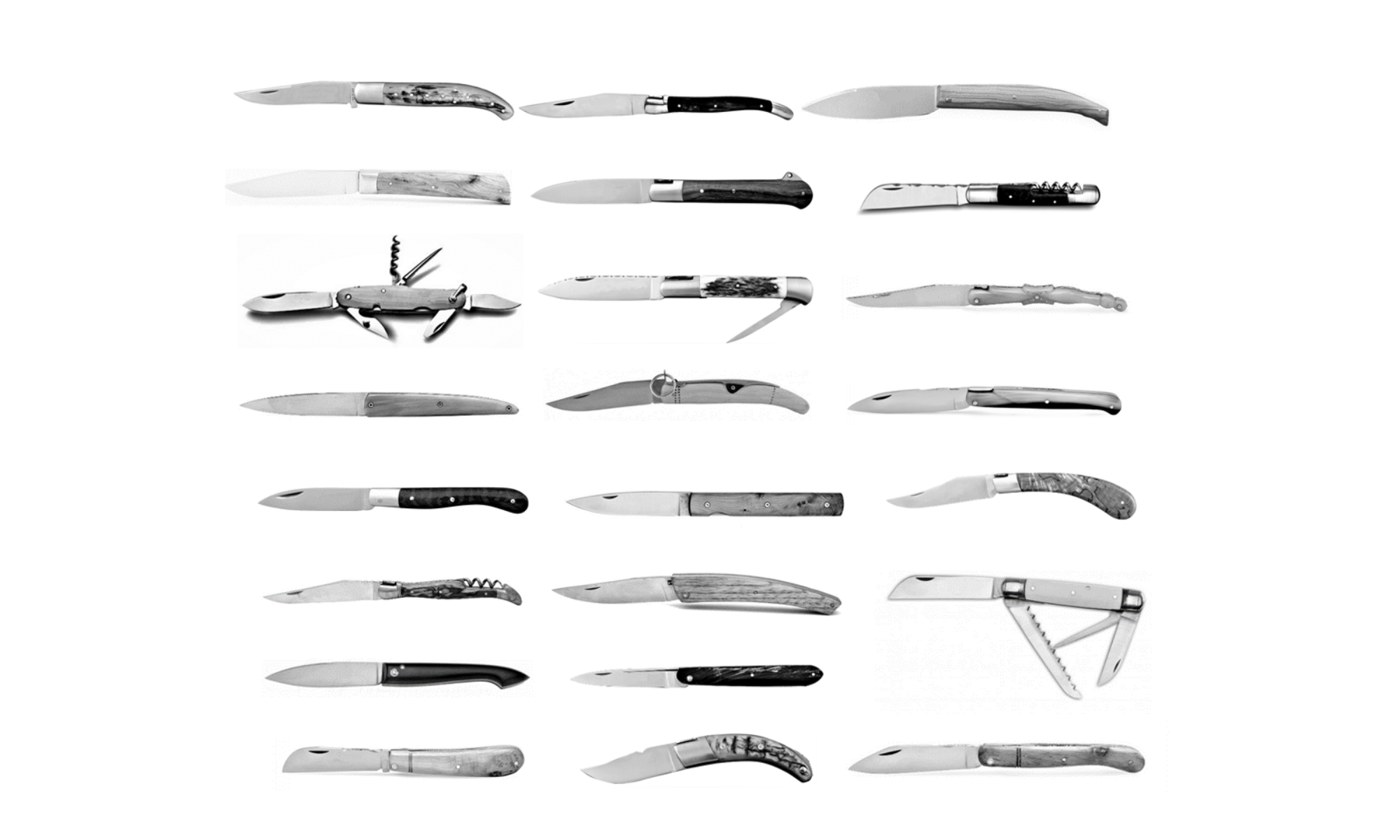
As often with French regional knives, the Issoire knife gets its name from a city name, probably because it was originally made or sold in this city.

Its origin is unknown, but there is trace of an order for knives in the “Issoire style” in 1888.

The knife is typical of the knives originating from Auvergne, like the Yssingeaux or straight Laguiole.





It is a slipjoint, with a drop point blade, the point falling very low, giving it almost a wharncliffe shape. It has a swedge on one side, across around a third of the blade.


The handle usually goes thinner towards the bottom, with a long bolster on top and often, but not always, a second bolster at the bottom. The bottom is always in a “crow beak” shape when the top one is often, especially for the older models, in a diamond shape.

The sides are usually made of bone or ivory with large rivets and can be decorated with ink arabesques or dotted with pins.

The spring ends with a long “mouche” on top, usually in a “man’s head” shape (when it is a bee on modern laguioles for example); and has often a lanyard hole on the other end.



This knife was also very popular with the wine merchants from center France and then equipped with a very strong awl, often with a pyramidal point, used to open the wine barrels bungs.




A very elegant tool with some modern interpretations.





